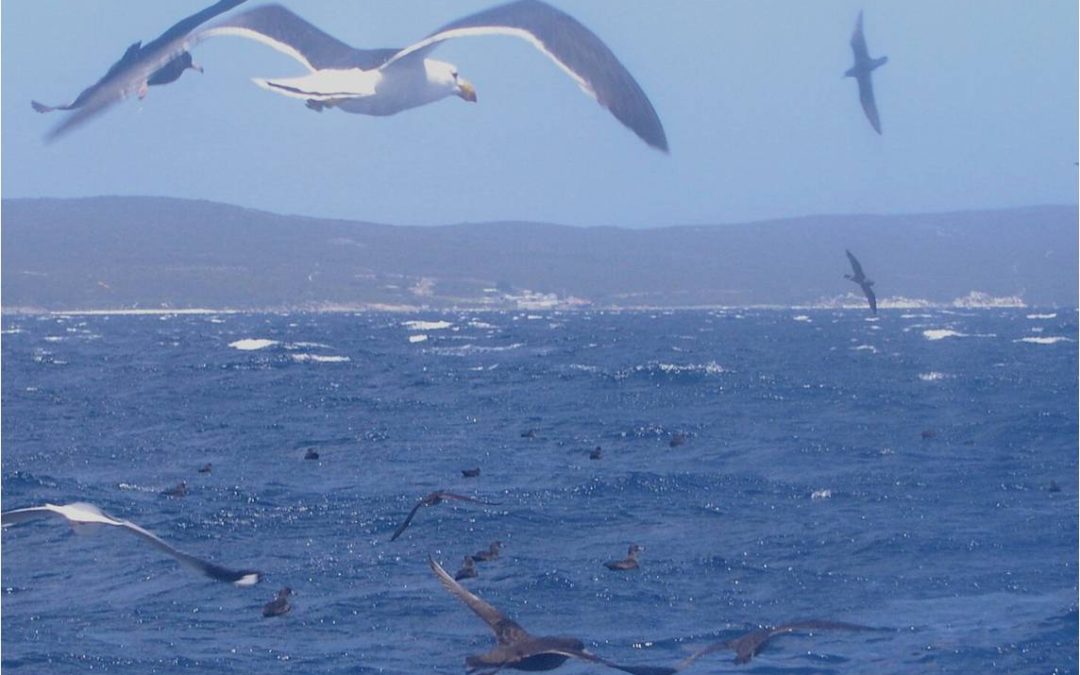
by GreenSkills | Jun 9, 2017 | Green Skills Inc. - Sustainability Non-Profit
The 2017 Festival of Birds in March was another wonderful and entertaining celebration of the unique and beautiful bird fauna of the south coast of Western Australia.
The main event was the Festival of Birds Symposium at the WA Museum – Albany, featuring very well regarded speakers including Professor Steve Hopper, Nic Dunlop, Sarah Comer, Boyd Wykes, Keith Lightbody, Amellia Formby and others.
Other events in Albany and other South Coast locations in 2017 include:
- School based Education activities
- Bird outings and walks
- Talks at the Albany Library
- Spectacular bird photography
- Field trip
- Workshops
- Bird Identification
- Film Night
- Albany Kite Fiesta
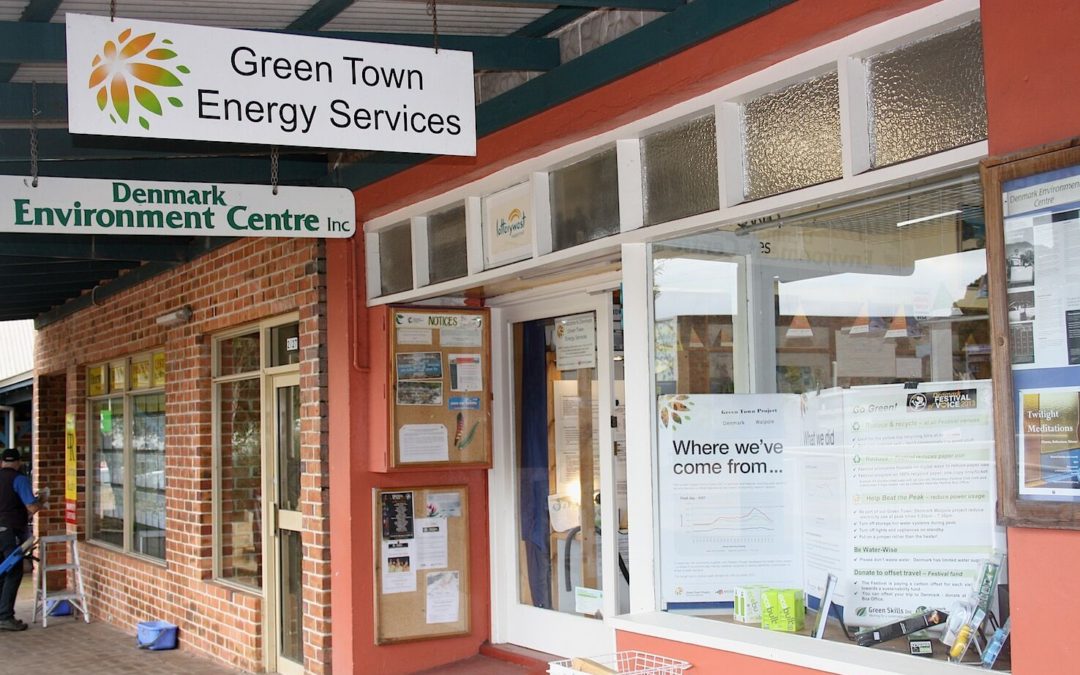
by GreenSkills | Jun 9, 2017 | Green Skills Inc. - Sustainability Non-Profit
This innovative demand management program all began in 2007 with a major disruption to the electricity supply to Denmark and neighbouring Walpole, with a severe impact on the tourism industry.
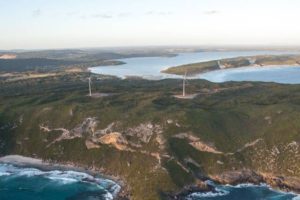 The wider community called for Western Power, the state network utility, to substantially upgrade transmission lines. Local environmental groups initiated a different response aimed at reducing energy demand and increasing local renewable energy generation. The Green Town Denmark Walpole project arose from a partnership led by Western Power and the local community and including the relevant Local Governments, Chambers of Commerce, the Denmark Community Windfarm group, environment groups, Great Southern and South West Development Commissions, a local solar business and interested community members.
The wider community called for Western Power, the state network utility, to substantially upgrade transmission lines. Local environmental groups initiated a different response aimed at reducing energy demand and increasing local renewable energy generation. The Green Town Denmark Walpole project arose from a partnership led by Western Power and the local community and including the relevant Local Governments, Chambers of Commerce, the Denmark Community Windfarm group, environment groups, Great Southern and South West Development Commissions, a local solar business and interested community members.
Over a six year period, this partnership developed a range of initiatives aimed at reducing the peak load and deferring the major line upgrade, reducing overall energy consumption, developing local jobs in the renewable energy production and reducing carbon emissions. The initiatives included:
- Research and Demonstration: Energy appliance inventory, an efficiency program aimed at the largest consumers, research and development on battery storage options and a trial of Energy Monitoring Units.
- Efficiency Improvements: including minor upgrades to lines, smart meters and homes and business audits.
- Education and Awareness: including market stalls, banners on town entries, workshops with rewards and free advice.
- Fuel Switching: including Solar Hot Water subsidies and private installation of PV solar.
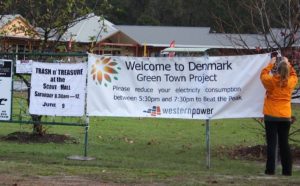
The Green Town project was very successful, going beyond the original goals of a 10% reduction in peak demand, to achieve a 14% reduction and overall energy demand reduction. This was achieved for the two communities, Denmark and Walpole that were already energy efficient with an average consumption of 2.8kW per home at the peak.
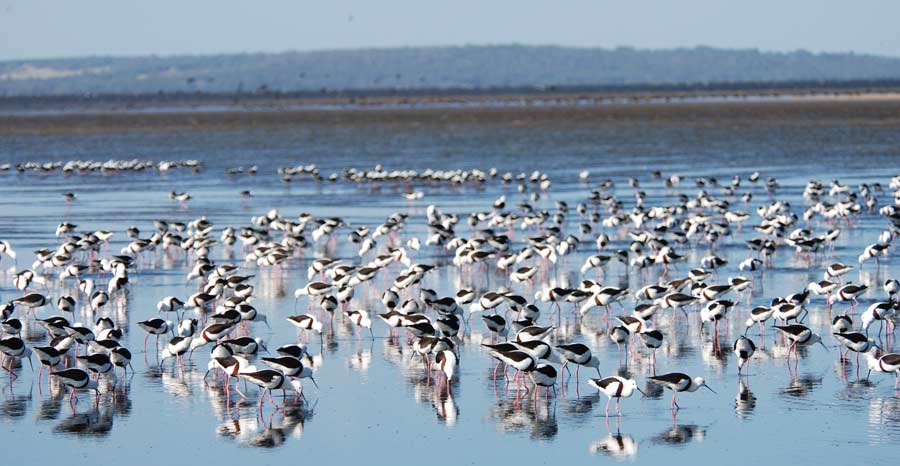
by GreenSkills | Jun 9, 2017 | Green Skills Inc. - Sustainability Non-Profit
Since 2011 Green Skills has conducted an extensive program of activities to assist an enthusiastic network of bird conservationists in raising the issues affecting migratory shorebirds.
 An annual survey of shorebird populations has been undertaken since 2011, culminating in a conservation report, plus seminars and workshops.
An annual survey of shorebird populations has been undertaken since 2011, culminating in a conservation report, plus seminars and workshops.
A range of awareness raising activities and events have also been developed – such as installing signage, distributing newsletters.
Since 2013, an annual South Coast Festival of Birds has been a major community involvement program.
Key Reports
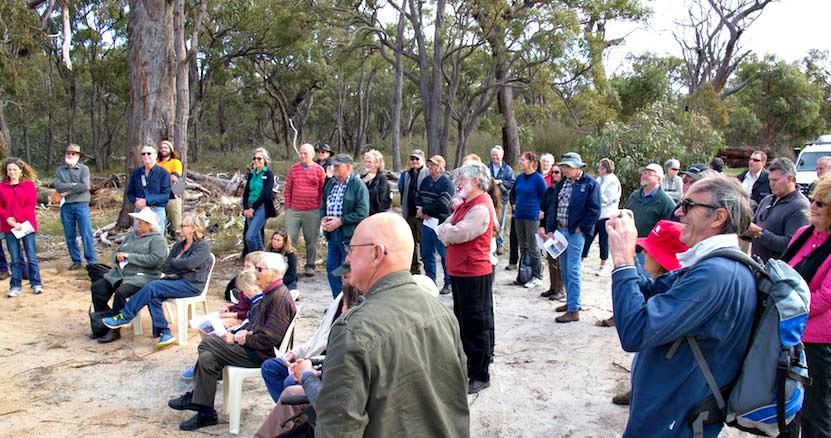
by GreenSkills | Jun 9, 2017 | Green Skills Inc. - Sustainability Non-Profit
Balijup Farm in Tenterden is a special place, with over three quarters of the 921ha property consisting of remnant bushland and wetlands.
It is an extremely important link between the Stirlings Ranges and the Forests area. The wetlands scattered across the property are all part of the Unicup Suite of wetlands in the Kent River Catchment. These wetlands have been identified as ‘significant’ on a national database and play a significant role in providing habitat for some of the international migratory wader bird species.
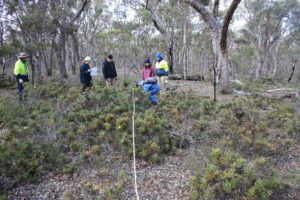 Green Skills has worked with the owners since 2010 to assist with fencing off all the bushland on the property, to undertake biological survey and ecological mapping, undertaking feral bee colony surveys and eradication, and wetland assessments.
Green Skills has worked with the owners since 2010 to assist with fencing off all the bushland on the property, to undertake biological survey and ecological mapping, undertaking feral bee colony surveys and eradication, and wetland assessments.
The latest key project at Balijup Farm is the creation of the Fauna Conservation Enclosure. The fenced enclosure of 110ha provides a major focus for native fauna conservation and community education in this part of the Gondwana Link.
The enclosure will establish breeding populations of Quenda (Southern Brown Bandicoot) and other species for eventual relocation on other properties throughout the Gondwana Link. The project is guided by an extensive scientific and technical committee and an ongoing citizen science program.
On 10th August 2017, Green Skills installed 15 Phascogale nesting boxes within the Balijup Fauna Sanctuary near Tenterden.
You can read more about the project here:
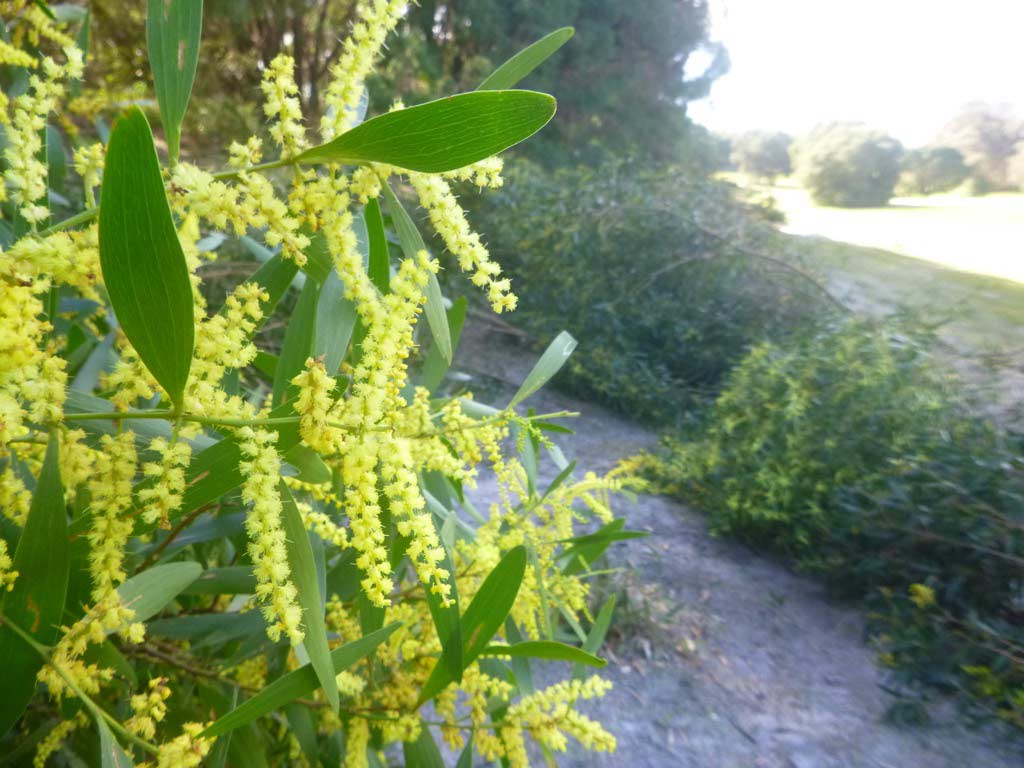
by GreenSkills | Jun 9, 2017 | Green Skills Inc. - Sustainability Non-Profit
Lower Great Southern Regional Coordination of Weedy Wattle Control 2016-2018
Weedy wattles in the Lower Great Southern Region are having a devastating impact on many areas of natural vegetation. Control of these weeds is a challenge faced by local government, state government departments, farming properties, businesses and residents. Intermittent, sporadic and uncoordinated control has lead to inefficient use of resources with limited outcomes.
In this project Green Skills will take on the coordination of control activities, so all stakeholders work together to protect our native vegetation and move towards control of these invasive species. The focus will be primarily on Acacia longifolia, but will also address other weedy Acacia species.
 Biodiversity is the key value for this project. Acacia longifolia is a large tree and rapidly becomes a monoculture in this region. It also increases the nitrogen level in the soil enough to prevent the regeneration of indigenous species. Without its natural constraints, it grows to be a larger tree and sets more seed in the Great Southern area than it does around Sydney. It is currently doubling its spread in the Albany area every five years (John Moore, eBioSys survey for South Coast NRM 2010). As it is spread by birds, it is disseminated widely and can infest high value conservation areas repeatedly from a considerable distance.
Biodiversity is the key value for this project. Acacia longifolia is a large tree and rapidly becomes a monoculture in this region. It also increases the nitrogen level in the soil enough to prevent the regeneration of indigenous species. Without its natural constraints, it grows to be a larger tree and sets more seed in the Great Southern area than it does around Sydney. It is currently doubling its spread in the Albany area every five years (John Moore, eBioSys survey for South Coast NRM 2010). As it is spread by birds, it is disseminated widely and can infest high value conservation areas repeatedly from a considerable distance.
The Albany hinterland, including Porongurup National Park, Torndirrup National Park, Two Peoples Bay Nature Reserve and Mount Manypeaks Reserve, supports a diverse range of endemic flora and fauna species, many of which are threatened by feral animals and loss of habitat by weed incursion. As Manypeaks and Two Peoples Bay reserves are currently free of Acacia longifolia, it is essential to control populations of wattle in the vicinity.
The intended outcome of this project is to have a strong network of stakeholders, both private and public, who maintain the partnerships leading towards effective control of these woody weeds. The mapping will have ongoing benefits for all stakeholders to guide continued treatment, and monitor past work. An expectation of the project would be to have twenty ‘champions’ throughout the region, to continue treatment work in their local communities.
This project is supported by funding from the Western Australian Government’s State NRM program.




 The wider community called for Western Power, the state network utility, to substantially upgrade transmission lines. Local environmental groups initiated a different response aimed at reducing energy demand and increasing local renewable energy generation.
The wider community called for Western Power, the state network utility, to substantially upgrade transmission lines. Local environmental groups initiated a different response aimed at reducing energy demand and increasing local renewable energy generation. 

 An annual survey of shorebird populations has been undertaken since 2011, culminating in a conservation report, plus seminars and workshops.
An annual survey of shorebird populations has been undertaken since 2011, culminating in a conservation report, plus seminars and workshops. 
 Green Skills has worked with the owners since 2010 to assist with fencing off all the bushland on the property, to undertake biological survey and ecological mapping, undertaking feral bee colony surveys and eradication, and wetland assessments.
Green Skills has worked with the owners since 2010 to assist with fencing off all the bushland on the property, to undertake biological survey and ecological mapping, undertaking feral bee colony surveys and eradication, and wetland assessments.
 Biodiversity is the key value for this project. Acacia longifolia is a large tree and rapidly becomes a monoculture in this region. It also increases the nitrogen level in the soil enough to prevent the regeneration of indigenous species. Without its natural constraints, it grows to be a larger tree and sets more seed in the Great Southern area than it does around Sydney. It is currently doubling its spread in the Albany area every five years (John Moore, eBioSys survey for South Coast NRM 2010).
Biodiversity is the key value for this project. Acacia longifolia is a large tree and rapidly becomes a monoculture in this region. It also increases the nitrogen level in the soil enough to prevent the regeneration of indigenous species. Without its natural constraints, it grows to be a larger tree and sets more seed in the Great Southern area than it does around Sydney. It is currently doubling its spread in the Albany area every five years (John Moore, eBioSys survey for South Coast NRM 2010).